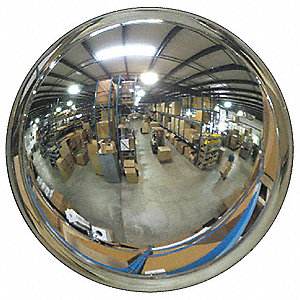Reflection and Mirrors - By Dilip Sir
Reflection and Mirrors By Dilip Kumar
Law of Reflection
- The law of reflection says that the angle of incidence is equal to the angle of reflection.
- The incident ray reflected ray and normal lie in the same plane.
Diffuse Reflection
The uneven reflection of light waves from a rough surface is called diffuse reflection.
Regular Reflection
Regular reflection results from a smooth surface such as a mirror.
Concave Mirror
A spherical mirror whose reflecting surface is curved inwards is called a concave mirror. It is a converging mirror. Its focus lies in front of the reflecting surface.
- In a concave mirror, light waves parallel to the optical axis reflect and pass through the focal point.
- Focal length(f). – distance along the optical axis from the center of the mirror to the focal point.
- Pole(P)- the center of the reflecting surface of a spherical mirror is a point called the pole.
- Centre of curvature(C)- The center of the sphere of which the reflecting surface of a spherical mirror forms a part, called the center of curvature.
CONT.
The radius of curvature(R)- The radius of the sphere of which the reflecting surface of the spherical mirror forms a part is called the radius of curvature of the mirror. It is twice of focal length [R=2f]
Aperture-The diameter of the reflecting surface of a spherical mirror is called the aperture.
- The focal point of a spherical mirror(F)- The point where a parallel beam of light after reflection either actually meet(concave) Or appear to meet(convex) is called the focus.
- The principal axis-Imaginary line passing through the center of curvature and pole.
NOTE- The focus of the concave mirror is real and lies in front of the reflecting surface whereas the focus of convex is virtual and lies behind the mirror.
Concave Mirror
The image formed by a concave mirror depends on the position of an object relative to the focal point.
Flashlights and headlights form a beam of light when a light source is placed at the mirror’s focal point.
Concave Mirror
Examples of Concave Mirrors
Convex Mirrors
- Convex mirrors cause light rays to diverge.
- The image formed by a convex mirror is upright and smaller than the actual object.
- Convex mirrors are used for security in stores and on the outside rearview mirror of vehicles.
Convex
When you hear “convex” – picture a pregnant belly
Convex Mirrors





